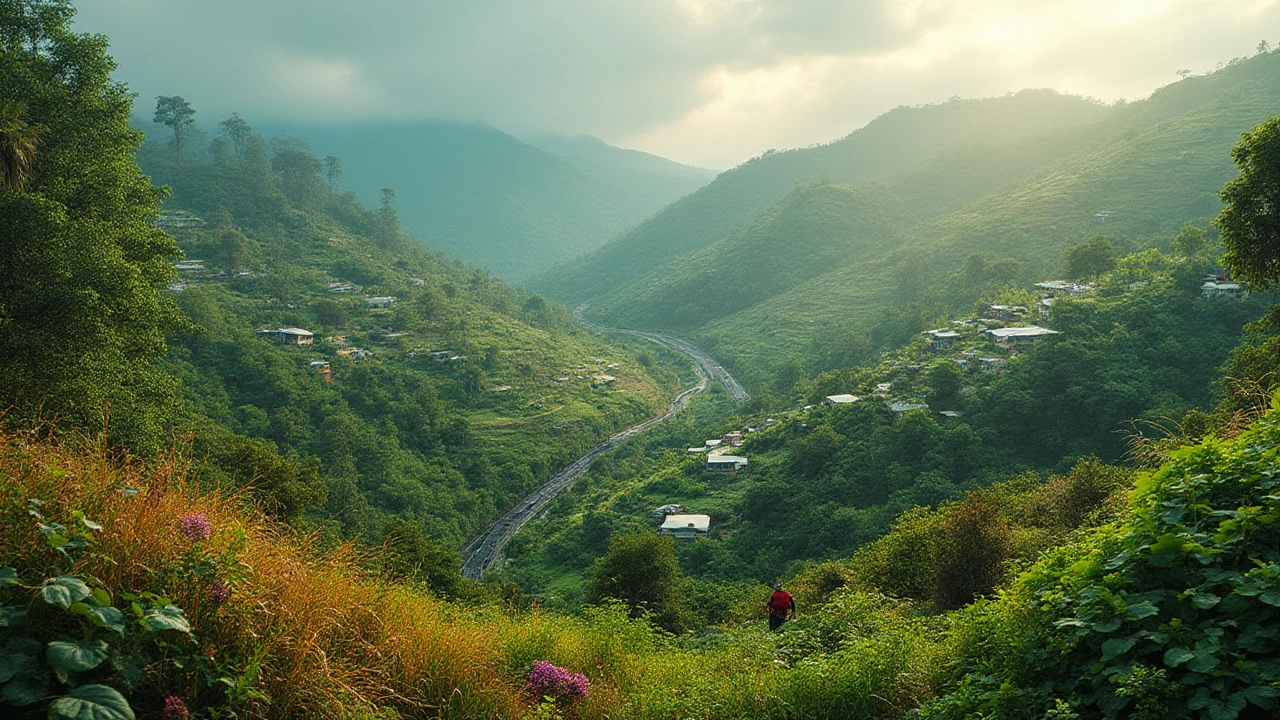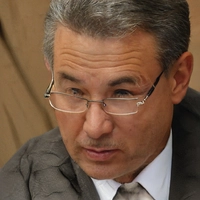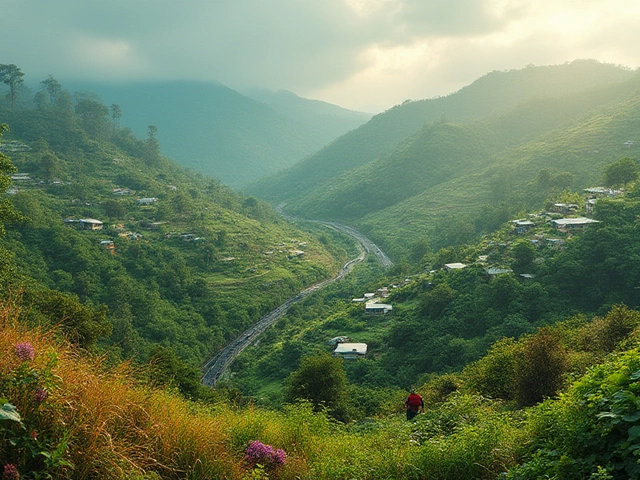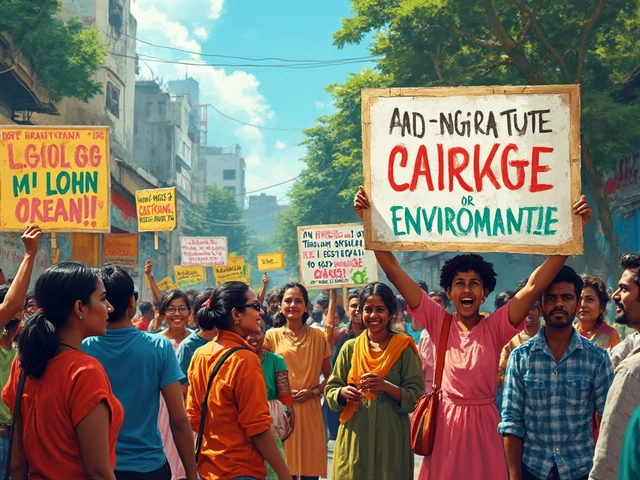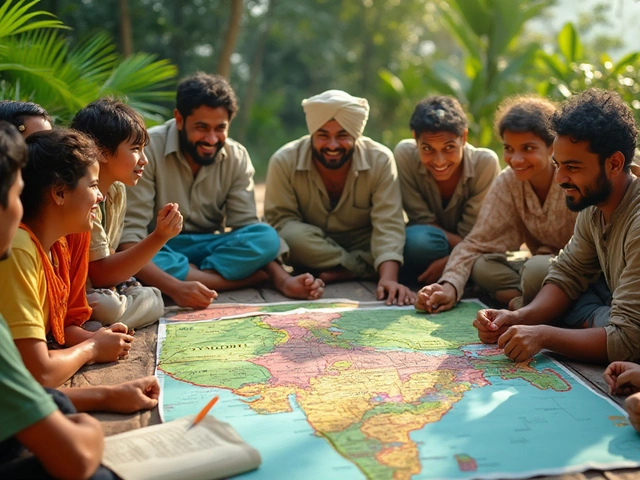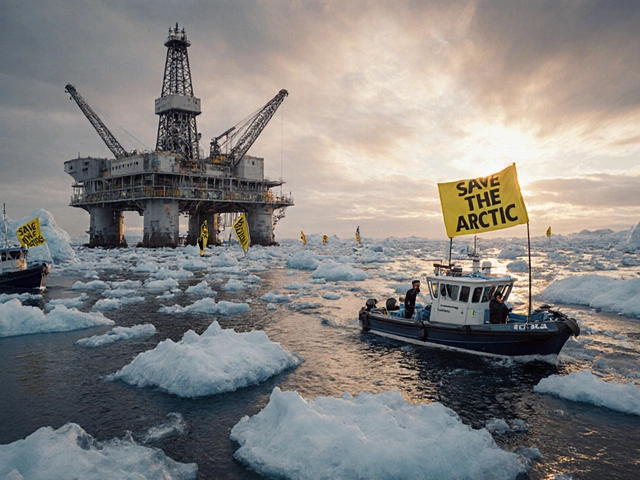Picture this: the amount of plastic in our oceans might outweigh fish by 2050. That insane stat isn’t just alarmist—it's a challenge, almost a dare, issued to every person on the planet. We’re seeing heatwaves nail cities that rarely broke 20°C, and rivers are drying up in places where rain used to be as reliable as sunrise. This is why environmental management is way more than some abstract idea reserved for experts—it's real-life, everyday action. The question isn’t if we manage our environment, but how we do it, and who’s calling the shots. What most people don’t realize is there are three main groups of environmental management, each with unique tools and tricks. Ready to see which group holds the biggest key to our planet’s future?
The Foundations: Resource Management
Resource management is where the rubber meets the road. Looking after water, forests, air, land, and minerals isn’t just about leaving things untouched—it's about keeping them healthy and available, not just for us, but for generations ahead. This group focuses totally on making sure we don’t use up what we can’t replace. Kiwis know it all too well: the water use limits in Canterbury, or the forest protection laws in the Amazon (which, by the way, covers more than 5.5 million square kilometres). Resource management is about balance—taking enough, but leaving enough. One interesting fact: New Zealand's resource management is guided by the Resource Management Act of 1991, which was actually one of the world’s first laws to take an integrated, ecosystem-based approach to development and conservation. At the grassroots, resource management means things like sustainable fishing quotas—skipjack tuna, for instance, gets a regulated catch limit every season to keep stocks from crashing. Farmers rotate crops or leave fields fallow to let soils recover. Urban planners use green roofs and rain gardens to manage water runoff and reduce flash floods. Even mining operations now have to replant trees and restore landscapes once they finish digging. Here’s a mind-boggling fact: Australia leads the world in land area under certified sustainable forest management—over 23 million hectares. These strategies often clash with short-term gain thinking. Why leave coal in the ground when there’s money to be made? Why stick to fishing quotas when the market demands more? The answer’s obvious: because nature’s boundaries are not negotiable. Overshoot, and you end up with empty seas, drained rivers, and dead soils. So the heart of resource management is restraint, informed by data and the real limits of the planet. Sustainable forestry, responsible farming, careful mining, and even urban water use—these all fall under this group, with hard science behind every choice.
The Controllers: Pollution and Waste Management
This group is all about cleaning up our mess. Every country, every city, and even most homes in Wellington play a role in this group, though not everyone is equally committed. When we talk about pollution and waste management, we’re talking landfill, recycling, air pollution, water toxins, industrial byproducts, chemical spills, and the monster that is plastic debris. The numbers are wild: according to a 2023 UN report, more than 2 billion tonnes of municipal solid waste is produced worldwide each year, and only about 19% of it actually gets recycled. Pollution managers don’t just sweep up—good management means stopping messes at the source. Factories are now required by law to use "closed loop" systems that recycle water and chemicals. In Europe, the Circular Economy Action Plan aims to ensure products last longer and generate less waste. In New Zealand, strict controls on agricultural runoff are helping keep rivers swimmable—government checks on nitrate and phosphate levels can mean big fines for farms that cross the line. What about everyday folks? Well, household recycling, composting, litter pick-ups, and even choosing products with less packaging all count. Major cities like Seoul and San Francisco now divert more than 70% of their waste from landfills. There’s also huge effort going into e-waste—old phones and laptops—which contains valuable (and toxic) materials. Ireland, for example, recycled nearly 61% of its e-waste in 2022, keeping heavy metals out of landfills. If you want a quick tip for making a difference: compost. Food scraps make up a startling 30-40% of household waste in most developed countries, and composting keeps it out of methane-belching landfill dumps. Air pollution is another front—since the Clean Air Act in the US, airborne SO2 levels fell by up to 92% in affected regions. Data makes it clear: real rules and wide awareness work.
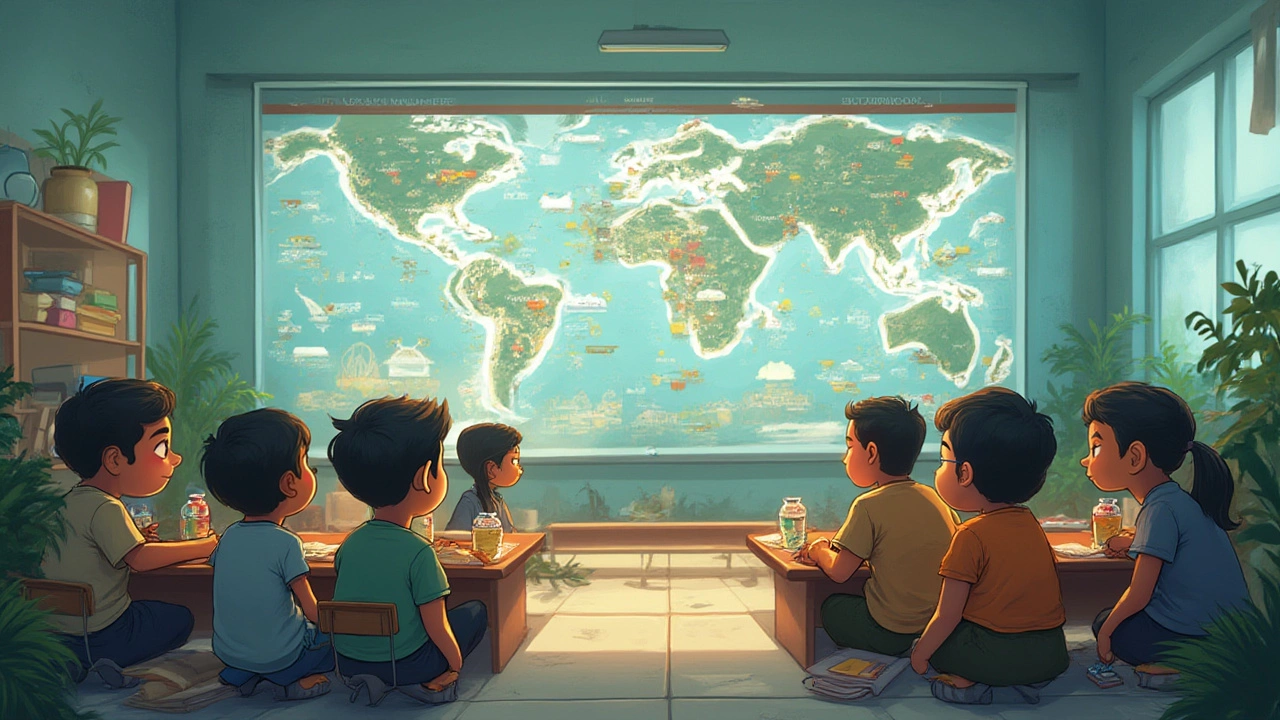
The Visionaries: Ecosystem and Biodiversity Management
This group zooms out to the big picture. Instead of managing individual resources or cleaning up pollution, ecosystem and biodiversity management looks at how everything fits together—spiders and bees, birds and frogs, fish and trees. Why does this matter? Because every element in an ecosystem supports something else. Take bees: without them, about 75% of the world’s food crops would take a serious hit. Biodiversity is more than pandas and parrots—it's disease resilience, healthy soils, climate regulation, and way more. These managers are the ones drawing up wildlife corridors to let native birds fly between habitats, replanting native bush, and restoring wetlands. In places like New Zealand, kakapo recovery projects have shown it's actually possible to pull species back from the edge. Globally, protected areas now cover about 17% of the world’s land and 8% of marine areas, but some experts say we need much more. A good ecosystem management plan doesn't just wall off chunks of land. It works with all the players—local communities, scientists, farmers, and governments. In parts of Africa, community-run conservancies have boosted local incomes and wildlife at the same time. Mangrove restoration in Bangladesh is now seen as one of the best defences against cyclones. Even city planners are invited to think about native birds, bugs, and plants in parks and green spaces. Let’s face it, your picnic is way better if you spot a tui or a native gecko. There's a growing push for “rewilding”—returning landscapes to a more natural state, complete with native predators and big grazers. It’s radical, but pilot studies in Europe show it can boost carbon storage, water quality, and even job opportunities for rural areas. If all this sounds out-there, remember: Biodiversity is straight-up insurance for the future. The more pieces we keep, the more stable the system. Consider this: A study from 2020 showed that plant diversity increases crop yields by 30% on average. Lose diversity, risk the basis for life as you know it.
| Management Group | Key Focus | Notable Example | Impact/Result |
|---|---|---|---|
| Resource Management | Sustainable use of natural resources | NZ Resource Management Act | Balanced resource use; long-term ecosystem health |
| Pollution and Waste Management | Controlling and reducing pollution | San Francisco’s 70%+ landfill diversion | Cleaner waterways, air, and reduced landfill overload |
| Ecosystem & Biodiversity Management | Restoring habitats and protecting species | Kakapo recovery project, NZ | Biodiversity rebound, climate and food security |
How These Groups Shape Our Everyday Lives
You might think these big management groups sound distant, but if you look around, they're woven into the stuff you interact with daily. When your power bill goes up because there’s a drought hitting the hydro dams? That's resource management in real-time. When the council reminds you to rinse your recycling? Pollution and waste management at work. Notice native birds returning to local parks or streams that used to be choked with weeds now running clear? That’s biodiversity management getting results. Here’s a tip: Get in touch with local initiatives. In Wellington, for example, Predator Free Wellington supports residents trapping rats and stoats, which helps native birds bounce back. Or look up your closest community gardens—they often have composting help, which keeps food waste from our already strained local landfill at Southern Landfill. Internationally, countries that take these management groups seriously tend to have better outcomes—cleaner air, more green jobs, and healthier citizens. Sweden, for instance, recycles nearly 99% of its household waste, turning it into heat and electricity. Perhaps even more radical, Bhutan’s “Gross National Happiness” index includes strict environmental rules, resulting in the country being not just carbon neutral, but carbon negative. It’s not just governments driving things. Businesses are looking for eco-certifications, not just for bragging, but because the market (that’s right—us) wants it. Food grown under sustainability standards, shoes made from ocean plastic, furniture crafted from reclaimed wood—it all connects back to how we manage the environment. Next time you vote with your wallet, remember the three groups of environmental management. If you care which one makes a bigger dent, ask yourself: do you want to use less, waste less, or see more thriving wild spaces? The real magic is when all three work together—then we might just have a shot at bringing those fish back to outnumber plastic in the sea.
